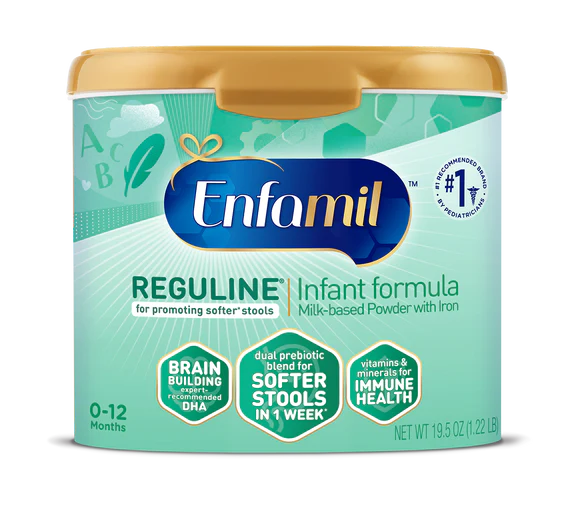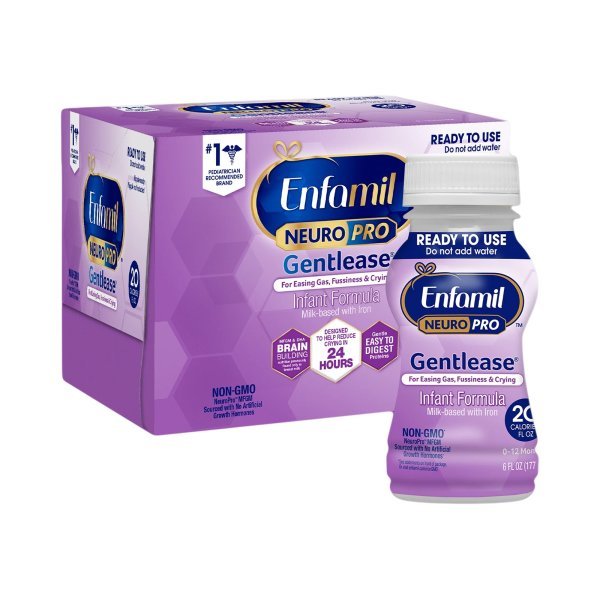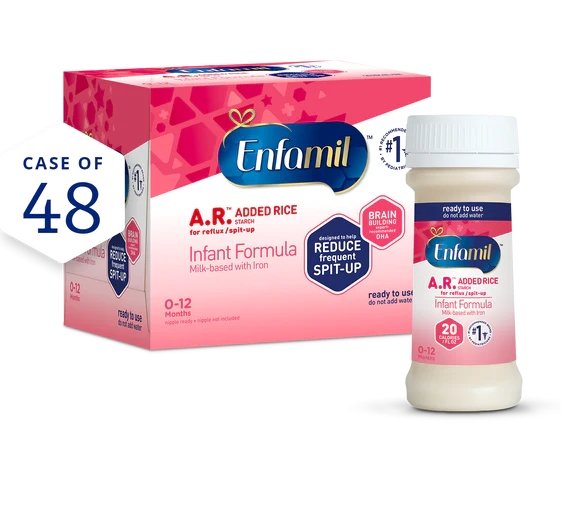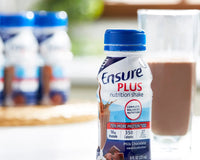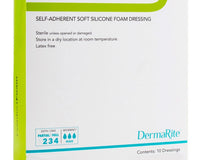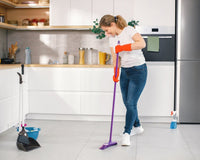Appropriate storage of infant formula is crucial for the health and safety of babies. Understanding how long formula milk can last at room temperature is essential for parents and caregivers. Once prepared, formula milk should not be left at room temperature for more than two hours. This is because harmful bacteria can grow rapidly at room temperatures, potentially leading to foodborne illnesses.
It's vital to follow the manufacturer's instructions when preparing formula, as different brands and types may have specific storage recommendations. If the formula milk has been left out for longer than two hours, it's safest to discard it, rather than risking your baby's health. For those times when you're on-the-go or need to prepare formula in advance, using an insulated bottle carrier can help maintain a safe temperature for a longer period.
At Cart Health, we understand that your baby's health comes first. That's why we offer a range of products to support safe formula preparation and storage. Order online here for convenient shopping and doorstep delivery! Discover our collection of high-quality bottle carriers, formula dispensers, and more to ensure your little one's nourishment is always at the ready and safely stored.
The Shelf Life of Formula Milk at Room Temperature
The shelf life of formula milk at room temperature is a topic of paramount importance for ensuring the well-being of infants. Once a bottle of formula is made, it can only sit at room temperature for a maximum period of two hours. This time frame is a safety measure to prevent the multiplication of bacteria that can cause illness in infants, who have sensitive and developing immune systems.
If a baby does not finish a bottle within the two-hour window, it's imperative to discard the remaining formula. Bacteria such as Enterobacter sakazakii and Salmonella enterica can contaminate formula and are particularly dangerous to young infants. Moreover, these bacteria can thrive in the nutrient-rich environment that formula provides, especially when kept at room temperature for too long.
For parents and caregivers, this means being vigilant about monitoring the time that the formula milk has been sitting out. It's also a good practice to prepare bottles individually and on an as-needed basis to minimize waste and ensure the highest level of freshness and safety for your baby. In cases where formula must be prepared in advance, refrigeration becomes necessary. Refrigerated formula should be used within 24 hours to maintain its safety and nutritional integrity.
Factors That Affect Formula Milk Longevity

Understanding the factors that affect formula milk longevity is crucial for caregivers who want to ensure their baby's formula is both safe and nutritious. One of the primary factors is the temperature at which the formula is stored. As mentioned earlier, formula milk should not be left at room temperature for more than two hours due to the risk of bacterial growth.
Another significant factor is how the formula is prepared. Formula milk should be mixed with water that is no cooler than 70°C (158°F) to effectively kill any harmful bacteria present in the powder. After preparation, the formula should be cooled quickly to feeding temperature and given to the infant or stored in the refrigerator.
The type of formula also plays a role in its longevity. For example, ready-to-use formulas generally have a longer shelf life than powdered formulas when unopened, but once opened or prepared, the same two-hour rule applies. Conversely, concentrated liquid formulas require careful handling and should also be used or properly stored within the advised time frame after mixing.
Lastly, hygiene practices during preparation and handling can significantly impact the safety and longevity of formula milk. Caregivers should always wash their hands thoroughly and use clean bottles and preparation surfaces to prevent contamination that can affect the formula's quality.
By considering these factors, caregivers can help ensure that the formula milk they provide is not only nutritious but also safe for their baby's consumption.
Recognizing Spoiled Formula Milk: Warning Signs

It's essential to recognize the warning signs of spoiled formula milk to protect your baby from potential harm. One clear indicator is a sour or unpleasant odor, which can develop when formula milk has been left out too long and bacteria have started to proliferate. Caregivers should trust their senses; if the formula smells off, it's best to discard it immediately.
The appearance of formula milk can also signal spoilage. Any changes in color or texture, such as curdling or separation, should raise immediate concern. These visual cues are often indicators that the formula has either been contaminated or has not been stored under proper conditions and should no longer be used.
Taste is another factor, although it's not advisable to taste formula that seems questionable. However, if an infant refuses to drink formula that they usually consume without issue, this may suggest the taste is off due to spoilage.
Checking the expiration date on the formula packaging before use is also vital. Using formula past its expiration date increases the risk of spoilage and can expose babies to degraded nutrients and potential foodborne illnesses. Always ensure that the formula is within its use-by date for the safest feeding experience.
Finally, any unusual fussiness or gastrointestinal symptoms in infants after consuming formula could indicate that they may have ingested spoiled product. Should this occur, caregivers should consult with a healthcare professional as soon as possible.
Being vigilant about these warning signs is imperative for maintaining the health and well-being of your baby. Always prioritize safety when it comes to feeding and storing formula milk.
Best Practices for Handling and Storing Formula Milk

Proper handling and storage of formula milk are crucial to ensure the safety and nutritional value of the milk for your baby. The first step is always washing your hands thoroughly before preparing the formula. This simple yet effective practice helps prevent the transfer of bacteria to the formula.
When preparing formula, use clean and sterilized bottles and follow the manufacturer's instructions carefully. Any leftover milk from a feeding should be discarded and never reused, as bacteria from the baby's mouth can contaminate the milk.
For storing prepared formula, remember to keep it refrigerated at or below 40 degrees Fahrenheit (4 degrees Celsius) and to use it within 24 hours. If you need to transport formula, use an insulated cooler with ice packs to maintain a safe temperature until you can refrigerate it.
When it comes to powdered formula, it's best to store the container in a cool and dry place. After opening, follow the manufacturer's guidance on how long the powder can be kept; typically, it should be used within one month to maintain its quality.
Lastly, be mindful of the 'first in, first out' principle – use the oldest cans or bottles of formula first to ensure you are always using the freshest possible product. Labeling bottles with the date and time they were prepared can help manage this process efficiently.
By following these best practices for handling and storing formula milk, caregivers can help guarantee that the baby is receiving the highest quality nutrition in the safest manner possible.
Expert Tips for Safe Formula Milk Preparation

Preparing formula milk safely is paramount to the health and well-being of your baby. Experts recommend using boiled water that has been cooled down to no less than 70°C to mix with the formula powder. This temperature is hot enough to kill any harmful bacteria that might be present in the powder.
Once the formula is prepared, it should be cooled to body temperature before feeding. You can cool the bottle under running cold water or by placing it in a container of cold or iced water. Always test the milk temperature by placing a few drops on the inside of your wrist; it should feel lukewarm, not hot.
Meticulous measurements are also essential – use the scoop provided by the manufacturer and level it off using a clean knife or the built-in leveler. Accurate measurements ensure your baby is getting the right balance of nutrients and calories.
If your baby is especially sensitive or has specific health considerations, consult your pediatrician for advice on formula preparation. They may recommend special sterilization techniques or specific types of formula.
For busy parents and caregivers who prioritize their baby's health and convenience, Order online here for convenient shopping and doorstep delivery! At Cart Health, we offer a wide range of baby formula options that cater to different nutritional needs and preferences. Join our family to experience the ease and peace of mind that comes with having the highest quality formula milk delivered straight to your door.


